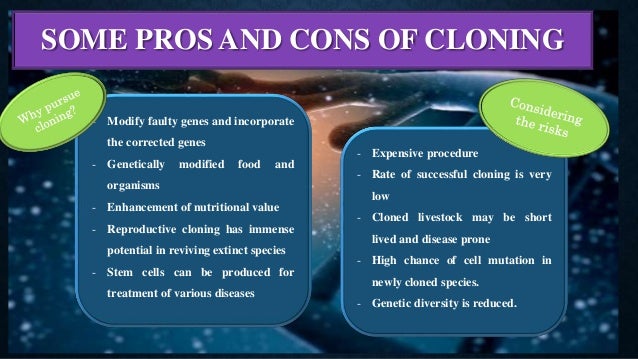


The entire experiment had intended to be a test run for the technology, before the Roslin Institute team conducted it using embryonic cells. At the time, no one thought that the DNA from an adult cell could possibly give rise to a new embryo. This egg cell now contained all of the DNA from Dolly's mother, and it grew and developed into an embryo in the lab.Įxcept, this was not supposed to happen. Using electricity, they transferred the mammary gland cell's nucleus into an egg cell from a second sheep. The Roslin Institute scientists had been attempting to clone a sheep using a complex process called nuclear transfer. Despite many attempts, repeating the feat in larger mammals had proven an elusive and near-impossible task.īut like many scientific breakthroughs, the experiment that produced Dolly was something of a fluke. They named her Dolly after the singer Dolly Parton.Īt that point, scientists had been dabbling with cloning – the process of creating a genetically identical copy of another living being – since the 1950s, when British biologist John Gurdon found a way to clone African clawed frogs. Her very entry to the world was groundbreaking – she was cloned using cells taken from another sheep's mammary gland as part of an experiment conducted by the Roslin Institute in Midlothian, Scotland. On 5 July 1996, a sheep was born who would go on to inspire entire industries, provide scientists with a new way of helping endangered species, and change medical science in ways that were barely conceivable at the time.īut this was no ordinary sheep.


 0 kommentar(er)
0 kommentar(er)
